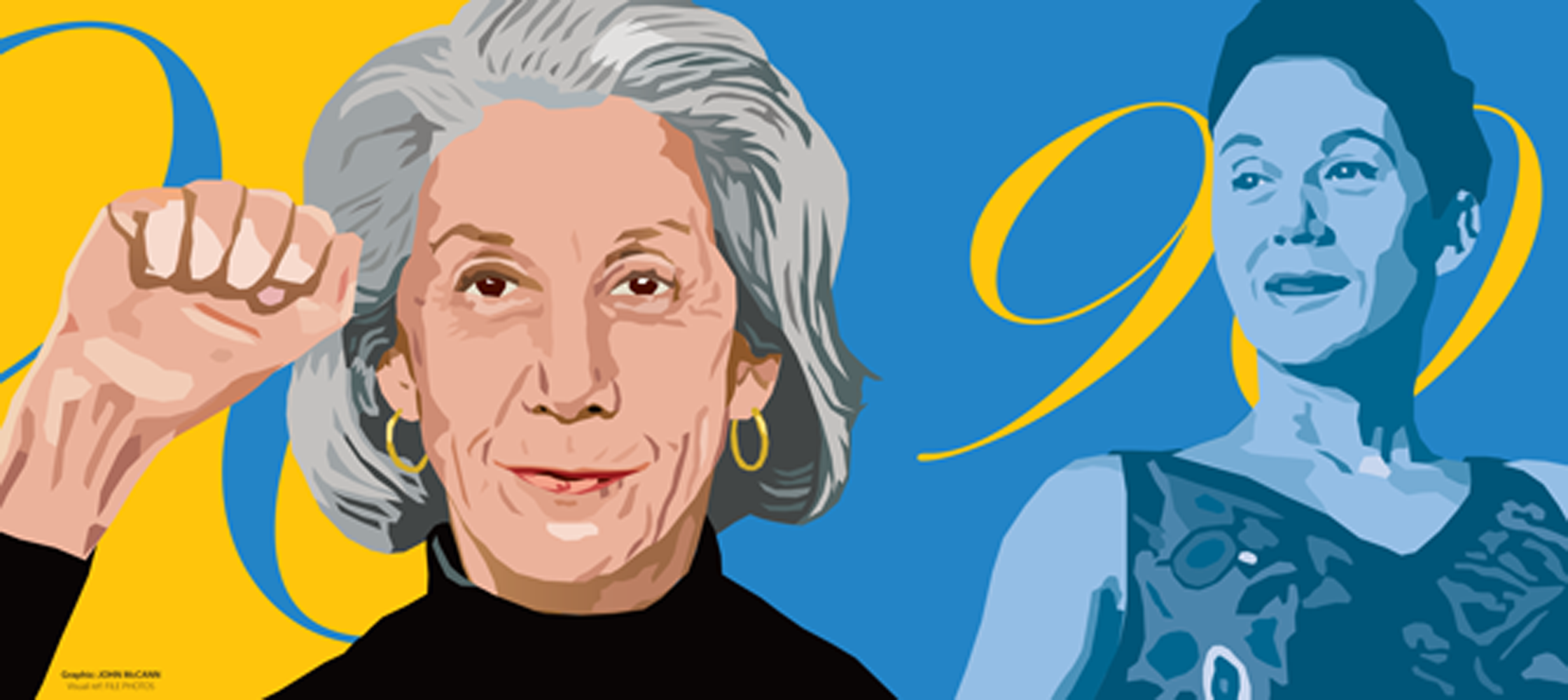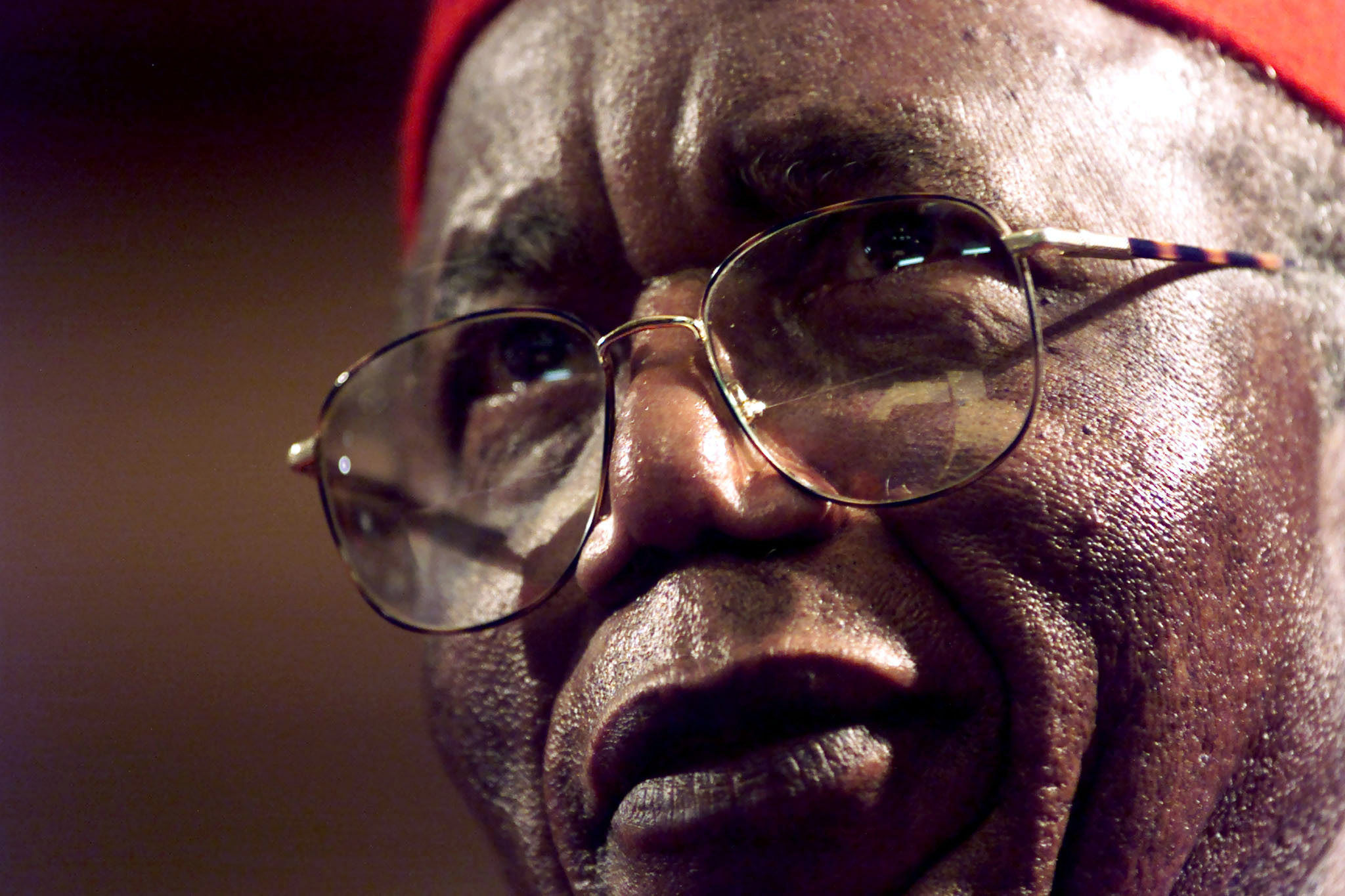SA fiction is still muddling along ... what followed after 1994 was pretty much a randomised free-for-all.
In the quarter century that South Africans have been living in the “new dispensation”, which followed the fall of the apartheid regime, the release of ANC and other political prisoners, many many novels have been written by South African authors. The urge to tell our stories, to write ourselves, to define and explore, to reflect, seems remarkably strong – perhaps not surprisingly in a society that contains such rich stories.
Despite the competing mediums of storytelling such as TV and movies, the fictional form of the novel is still vigorously pursued even though the financial rewards are mostly meagre.
Legalised discrimination and the separation of race groups have long gone but how far have we come together in our lives, in our heads and in our hearts? The concept of nationality is so potentially troublesome (how useful is nationhood?) that we could now dispense with the idea that seemed so bright at the time, “the rainbow nation”, and also lose Thabo Mbeki’s concept of “one nation” (which he correctly said we are not); but perhaps we could at least agree that we are one society.
We are all here in South Africa together, with quite a few long-term residential visitors from the north as well. How free are we now to be and enjoy ourselves?
And how far have we come in the fictional world in the 21 years of our liberation? The short answer is we are still muddling along. The long answer would be suitable for a number of properly researched doctoral theses. One of the liberations after 1994 was the ending of political censorship and banning of fiction such as the anti-apartheid novels of Andre P Brink and Nadine Gordimer. What followed thereafter was pretty much a randomised free-for-all.
One of the earliest post-liberation novels to seize freedom with both hands and cause a stir was Marlene van Niekerk’s Triomf (Quellerie, 1994), which begins with the scene in which Mol, taking her dog for a pee in the backyard in Triomf (previously Sophiatown, from which thousands of black people had been forcibly removed), says in response to the dog sniffing around: “Probably still smells of kaffir.”
This freely offensive and outrageous observation runs on into an extremely hard-hitting look at white working-class Afrikaners – deeply shocking to many. Here, Van Niekerk was looking at a section of her own language and cultural and racial group. When it came to writing the other (The Other) most South Africans have been less frank and, in fact, have been extremely cautious in the matter of writing characters in sections of our society from which they still felt deeply estranged.
Among the older writers, for whom the dismantling and abolition of apartheid was a serious project and part of their lives, there were some specific fictional creations of characters from other race groups. For example, Wally Mongane Serote in Revelations (Jacana, 2010) creates the character of Nel, a white man, probably an ex-soldier in the South African Defence Force and now working as a courtesy-car driver for the Iziko Gallery. He is friendly and socially easy with the black artists he is driving around. Serote lets his protagonist, Otsile, discuss Nel’s bona fides and situation in a post-1994 reversal of roles that seems natural and credible.

Gordimer, in her last novel, No Time Like the Present (Picador Africa, 2011), created a mixed-marriage family that she explores in great detail, noting the significant difference, even in that context, in racial attitudes of the born-free generation.
The wife and mother in the family is Jabu, a lawyer, whose father, still in KwaZulu-Natal, is a headmaster and staunch ANC supporter. With great insight and empathy, Gordimer writes the difficult conversation between Jabu and her father just after Jacob Zuma’s rape trial, where an unbridgeable divide opens between them. Gordimer dared, and was able, to imagine and understand the patriarchal Zulu father’s views. A good example of why she is so revered as a writer.
Michiel Heyns, in Lost Ground (Jonathan Ball, 2011), wrote two excellent cameos of black women, Nonyameko Mhlabeni and Sarah Augustyn, both born and raised in his fictional Karoo town. Once again he showed his remarkable capacity to get the psychology of women right, and in this case he managed two kinds of “other”, race and gender. In affording them considerable agency and dignity he also showed respect.
Recently, in the storm of the first events around the #RhodesMustFall campaign, I heard an SAfm interview with one of the student leaders from the University of Cape Town in which he said removing the Rhodes statue “would help the reconciliation project”. Whereas both Serote and Gordimer may have had this as a conscious aim in their novels, and perhaps even Heyns may have, it is probably true to say that most novelists have no such clear sociopolitical purpose.
But they may achieve the same end incidentally in that they show readers worlds other than their own. This is what we read novels for – to enter other worlds, other lives or to have our own worlds and lives illuminated and enhanced.
If you are a reader of the rich trove of African fiction (Achebe, Ousmane, Habila, Bulawayo and co) you are accustomed to novels in which all the characters are black Africans. Some South African novelists are clearly situating themselves in that African tradition and in their novels white South Africans hardly feature at all. These include Zakes Mda, Kgebetli Moele, Niq Mhlongo, Perfect Hlongwane, Given Mukwevho, K Sello Duiker and Thando Mgqolozana.

Chinua Achebe
Mhlongo, in his clever and amusing novel, After Tears (Kwela, 2007), shows what it is like to be the first, and so far the only, person in your family to go to university. This novel might wake up sleeping (white) compatriots to the pressure of hope and family obligation that black students experience. After centuries of novels in English about white people these are the necessary counterbalance.
However, another way of presenting South African society in fiction is to show a cross-section of our racial diversity. Many writers do this – here are a few examples of authors in a different race group to their characters: Imraan Coovadia (Victor, Umkhonto weSizwe operative), Liesl Jobson (corrupt bullying cop, Inspector Msomi), Mandla Langa (Jolene, white girl in MK), Brent Meersman (Mfundi Nkosi, MK fighter), Ingrid Winterbach (Mrs Sekete, domestic worker and sage), James Whyle (Fengu mercenary, in the frontier wars) and Yewande Omotoso (Leke’s white Capetonian adoptive parents).
Interestingly, there are many black characters written by white authors and very few white characters written by black authors. What does this signify? Perhaps the irrelevance of whites who make up only 9% of South African society? (And I hear you wondering why there are so many soldiers on this list …)
As those who have followed the #RhodesMustFall debate on social media will know, there is a lot of anger and a lot of intransigence out there. Perhaps the fragile process of reconciliation will be set back by the resumption or resurgence, or even just the hardening, of racist attitudes from all sides of the colour spectrum. Articles from journalists such as Verashni Pillay, Mondli Makhanya, Tim du Plessis and Max du Preez (google these if you missed them) have addressed what is perceived as an increase in racism in recent times.
Although racial discrimination was the most iniquitous feature of the apartheid years and before, there were other forms of oppression and inequality. Shaun de Waal in These Things Happen (Ad Donker, 1996), Michiel Heyns in most of his novels, Damon Galgut in Arctic Summer (Umuzi, 2014) and Jobson in Ride the Tortoise (Jacana, 2013) have all given us fiction of the highest quality in which gay and lesbian relationships, now respectfully protected by our Constitution, are freely explored.
And as for the liberation of women: this is still very much a work in progress, woefully slow with much backsliding. In fiction, it has manifested in female characters who are lawyers (Mrs Molepang, in One Man by Anonymous, Kwela 2014) farmers (Agaat), clinical psychologists (Nonyameko Mhlabeni), detectives (Clare Hart, in Margie Orford’s thrillers) and even God (called The Virgin in Mgqolozana’s Hear me Alone from Jacana, 2011).
This is a subtle but real shift from the days when, in the actual world, married women teachers were barred from holding permanent posts and all female teachers were paid less than men for doing the same job. And black teachers of either gender were paid even less.
“A better life for all” has certainly not yet come about, but the bad old pre-1994 days systematically and forcibly violated many people and many people’s rights.
We have come a long way; the ongoing fight about Nkandla shows South Africans have not lost their will to fight for justice. And “the reconciliation project” is still under way, though it may prove quite a rocky ride. A dip into the world of fiction, the lives of others, is one of the easiest and even most effective ways to learn, to lessen intransigence and ignorance.